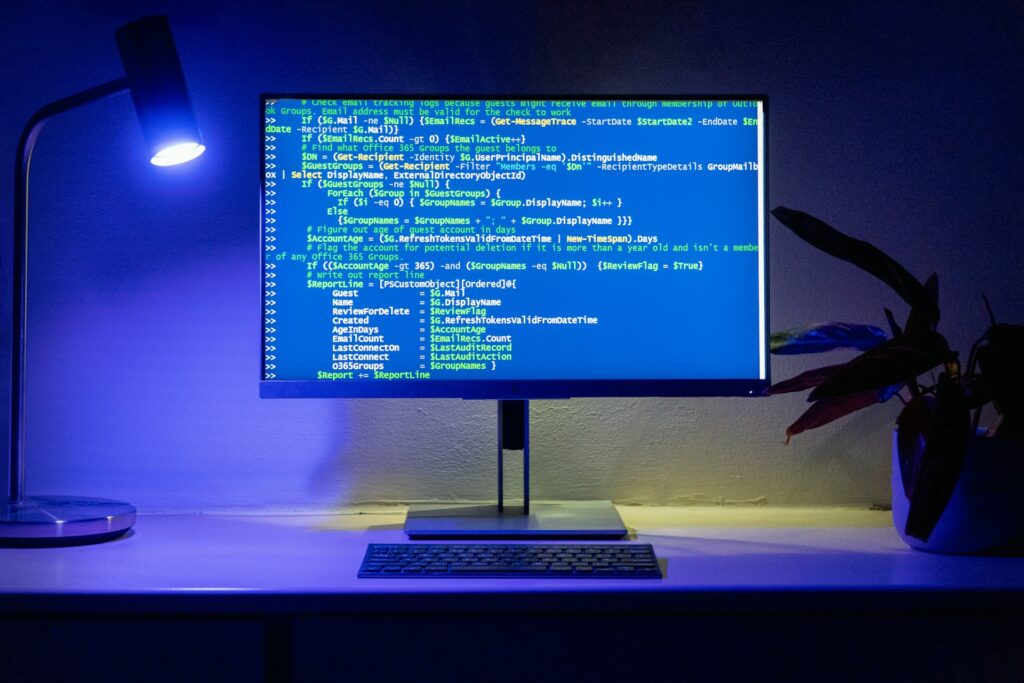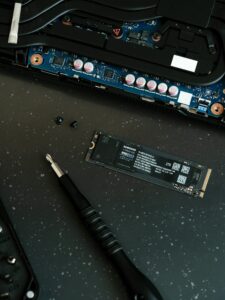Without the Need for Additional Software How to Monitor the Temperatures of Your Computer?

Without the Need for Additional Software How to Monitor the Temperatures of Your Computer?
The monitoring of the temperature of your personal computer is one of the most efficient methods to maintain the health of your system and avoid the long-term harm that may be caused by overheating. The usage of third-party applications like HWMonitor, Core Temp, or MSI Afterburner is widespread; nevertheless, many users prefer to depend on built-in functions in order to avoid further installs. The good news is that Windows provides a number of different techniques to examine temperatures and performance data without the need for extra software, however there are certain restrictions included.
A Reason Why Temperature Monitoring Is Important
Your central processing unit (CPU), graphics processing unit (GPU), and storage devices may have a shorter lifetime if they are exposed to high temperatures. In addition, abrupt shutdowns, thermal throttling, or decreased performance in games and apps that need a lot of processing power might be caused by overheating. Monitoring the temperature of the system helps to guarantee that your cooling system is operating properly and that your personal computer continues to be dependable.
Method 1: Utilizing the Windows Task Manager to View the Temperature of the GPU
Beginning with Windows 10 (version 2004 and later) and continuing with Windows 11, Task Manager incorporates a temperature monitor for graphics processing units (GPUs) into its core functionality. If you want to do a fast check without using any other tools, this function is beneficial.
Methods:
Open Task Manager by pressing Ctrl, Shift, and Esc simultaneously.
- Go to the tab labeled “Performance.”
- From the left panel, choose the GPU option.
- If you look at the bottom, you should see the Temperature value.
- However, Task Manager does not indicate the temperature of the CPU or motherboard; it only displays the temperature of the GPU.
- Accesing the BIOS or UEFI for Hardware Monitoring is the second method.
- The BIOS or UEFI software that is incorporated into your motherboard offers particulars about the hardware, such as the temperatures of the central processing unit (CPU) and, in certain cases, the speeds of the fans.
Methods:
Run a restart on your machine.
To access the BIOS or UEFI, you must press the appropriate key during boot (often the Del, F2, or Esc key).
In accordance with the motherboard you are using, go to the Advanced tab, the PC Health Status tab, or the Hardware Monitor tab.
See the temperatures of the CPU and the system.
The fact that you have to restart your computer each time you wish to check the temperature is a limitation that makes it unsuitable for temperature monitoring in real time.
Windows PowerShell is the third method for obtaining thermal information.
The command-line tool that is included with Windows has the capability to read temperature data from sensors in some circumstances, provided that the hardware provides this information via Windows Management Instrumentation (WMI).
Methods:
After pressing Win and X, choose Windows PowerShell (Admin) from the menu.
For the following command, type it in and then press Enter:
“root/wmi” is the namespace for the Get-WmiObject MSAcpi_ThermalZoneTemperature command.
- Tenths of Kelvin are used to display the temperatures in the output. To convert, first subtract 2732 from 10 and then divide the result by 10.
- One of the limitations of this approach is that it often only displays data for laptops or motherboards that are capable of successfully supporting WMI temperature reporting. It is possible that it returned nothing on numerous PCs.
- Metrics for Performance and Reliability Monitoring is the fourth method.
- Although Windows’ built-in Reliability Monitor and Performance Monitor do not directly display temperatures, they are able to assist in identifying indicators of overheating, such as frequent shutdowns or throttling.
Monitoring of Reliability
Within the Start menu, look for the Reliability Monitor application.
It is important to determine if there are frequent “Hardware errors” or sudden shutdowns, both of which may be caused by heat.
Monitor the performance of
- Take the perfmon command from the Start menu.
- CPU performance counters may be monitored to determine whether or not throttling occurs as a result of heat.
- Despite the fact that this method does not directly display temperatures, it is helpful in diagnosing performance decreases that are connected to them.
Utilizing Windows Security (Indirect Clues) is the fifth method.
The Windows Security software that comes pre-installed does not show the temperature, but it does monitor the health of the machine. In the section titled “Device Performance & Health,” you have the ability to check whether or not Windows identifies hardware problems linked to components that are malfunctioning or overheated.
When the pre-installed tools are not sufficient
Despite the fact that these built-in solutions are helpful, they do not give the same level of real-time and extensive monitoring as is provided by third-party services. In situations where you want continuous recording, alarms, or simultaneous CPU/GPU temperature monitoring, it may be impossible to avoid adopting lightweight apps that are established in the industry.
Standard Operating Procedures for Maintaining Temperature Control
By adhering to excellent PC maintenance routines, you may limit the dangers of your computer overheating even if you do not have access to real-time tools:
- Dust should be cleaned on a regular basis, and fans and heat sinks should not be blocked.
- In order to improve the heat transmission from the CPU, check the thermal paste and reapply it after a few years.
- Airflow should be maintained by keeping cables organized and ensuring that case fans are able to draw in cold air and expel heated air.
- It is important to avoid overclocking without monitoring since doing so without the appropriate tools is dangerous.
- Maintain a consistent temperature in the room; a hot atmosphere raises the temperature of the computer inside.
Windows offers a few helpful but restricted methods for monitoring the temperature of a personal computer without the need to install extra software. Monitoring the GPU temperature in Task Manager and taking data from the BIOS are the most reliable approaches for doing rapid tests. Despite the fact that they are less user-friendly, PowerShell commands and performance tools include the potential to provide additional information. Third-party software is still more practical for long-term, real-time monitoring; nevertheless, if you choose to remain within the tools that are built into Windows, these ways will assist you in maintaining control of your system.




